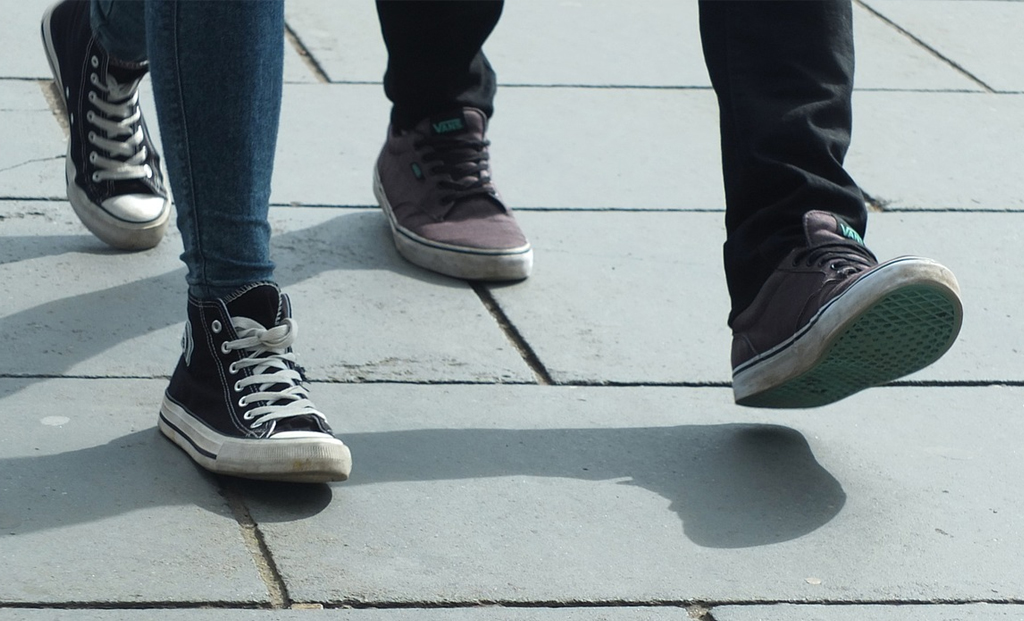A report has found that nearly 80 per cent of older adults in the US suffer from high blood pressure. Maintaining normal blood pressure is essential for preventing heart issues such as heart failure, heart attacks, and strokes. However, a study has found that a simple lifestyle intervention might be just as beneficial as structured exercise and standard medications.
Experts have said that increasing physical movement by 3,000 steps per day can notably decrease hypertension among older people. The lead author of the study, Elizabeth Lefferts has said that older adults who are suffering from hypertension can be benefitted by moderately increasing daily walking. Daily walking is the easiest way of physical workout for people in old age. The findings of the study have been released in the Journal of Cardiovascular Development and Disease.
7,000 steps per day can reduce systolic, diastolic blood pressure
The study enrolled older adults in the age group of 68 and 78 years who were walking an average of about 4,000 steps every day before being enrolled in the study. The findings show that 7,000 steps per day might be an achievable goal for older people. Experts say that increasing the daily walking by 3,000 steps or walking around 7,000 steps per day can reduce participants’ systolic and diastolic blood pressure by an average of 7 and 4 points respectively.
Other studies show that these reductions correspond to a comparative risk reduction of all-cause mortality by 11 per cent, 16 per cent risk reduction in cardiovascular death, 18 per cent reduction in the risk of health ailment, and 36 per cent reduction in the risk of stroke.
Climbing Up Just 50 Stairs A Day Can Cut Heart Disease Risk By 20% | ALSO READ
The study shows that reductions achieved through the 7,000-step régime have been similar to reductions seen with anti-hypertensive medications. The findings of the study emphasize the importance of exercise as anti-hypertension therapy hence it should be included as part of essential hypertension treatment.
Health experts say that the speed of walking and walking in continuous bouts are not important, simply increasing the number of total walking steps per day can deliver great results.











